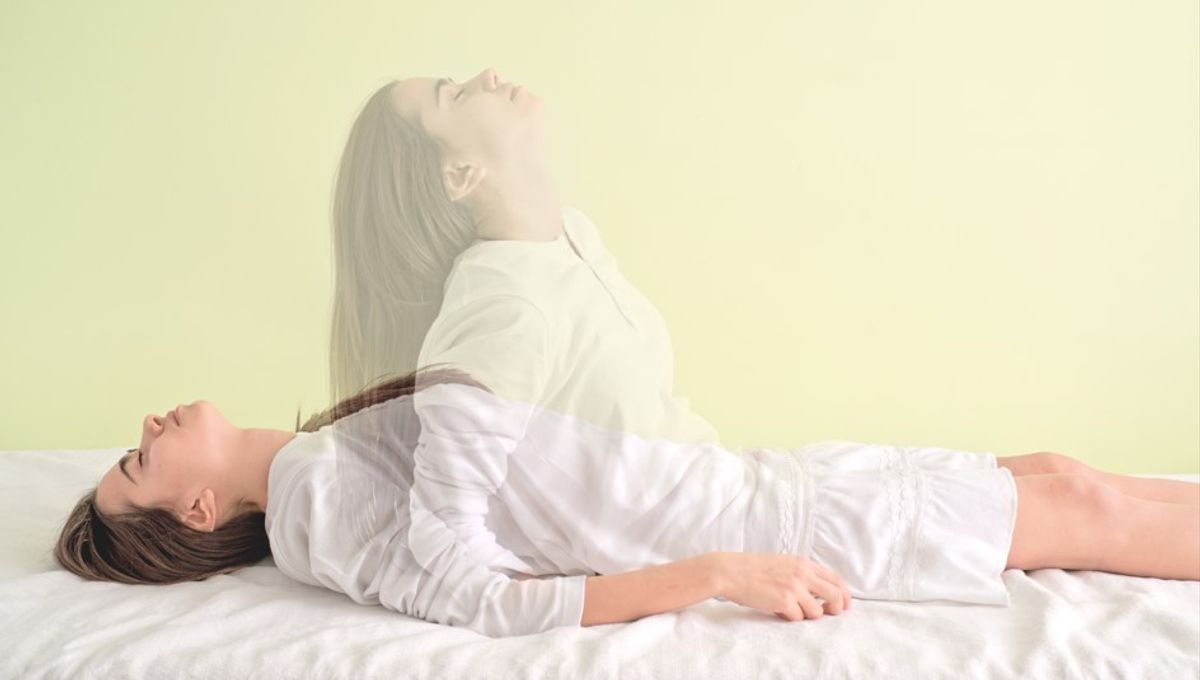
White lights, encounters with powerful entities, and the sensation of leaving one’s body are all classic tropes associated with near-death experiences (NDEs), although the limitations of language often make it impossible for people to fully convey what it’s like to come face-to-face with the eternal void. To try and paint a more complete picture, therefore, researchers have now asked people to draw their NDEs, providing new insights into the ways in which these ineffable experiences play out.
The rest of this article is behind a paywall. Please sign in or subscribe to access the full content.
A total of 50 participants took part in the study – which is yet to undergo peer review – by answering a series of questions about their NDE before sketching the various scenes they witnessed using a blue pen. In particular, the researchers hoped to gain a better idea of the “architecture” of the NDE, whereby they sought to understand the geometry of the space that participants navigated through during their experience.
Based on participants’ responses and drawings, the researchers discovered that NDEs tend to play out in four different spatial configurations. The first of these – which they call A-shapes – consists of scenes with a visual field that is conical in form. B-shapes and C-shapes, meanwhile, are elliptical arch-shaped spaces, while the final category – known as C5-shapes – consists of a 360-degree “ellipsoidal enclosure”.
Attempting to explain these various NDE geometries, the study authors suggest that A-shapes may be the result of reduced blood flow to the brain, resulting in a loss of peripheral vision and leading to a sense of being in a dark tunnel. This notion, they say, is supported by the fact that A-shape scenes were typically reported as grayscale, with a loss of color vision possibly linked to a lack of oxygen in the brain.
Moving on to B and C shapes, the researchers speculate that these arch-shaped scenes might be “analogous to hemianopic defects” commonly reported by stroke or head trauma patients, whereby one half of the visual field is temporarily lost.
Typically, participants reported that their NDEs progressed from conical A-shape visions to the fully immersive C5-shapes – or vice-versa – with B and C shapes representing intermediate spaces between these two extremes. The study authors therefore suggest that this pattern may represent a sequence of “known visual-field deficits” associated with impaired brain function.
In addition to mapping the architecture of the NDE space, the researchers also asked participants to indicate exactly where they located their perceived self within each scene. Interestingly, they found that when out-of-body experiences were included in the NDE, “the self was perceived as extracorporeally located yet still visually tethered to the body and its surroundings.”
However, during other phases of the NDE, “participants consistently refrained from depicting either the body or the surrounding physical environment… [which] suggests a phenomenological decoupling in which body and environment cease to serve as reference points [for the self].”
In other words, participants were only able to locate themselves physically within the space when they saw themselves entering or leaving their bodies. Once separated from their carnal being, however, they no longer experienced themselves at any fixed point within the visual field.
Such out-of-body experiences were found to be common elements of NDEs, with only 18 of the 50 participants saying they didn’t see themselves leave or enter their body.
A preprint of the study is available on bioRxiv.
Source Link: This Is What People Actually See When They Have A Near-Death Experience